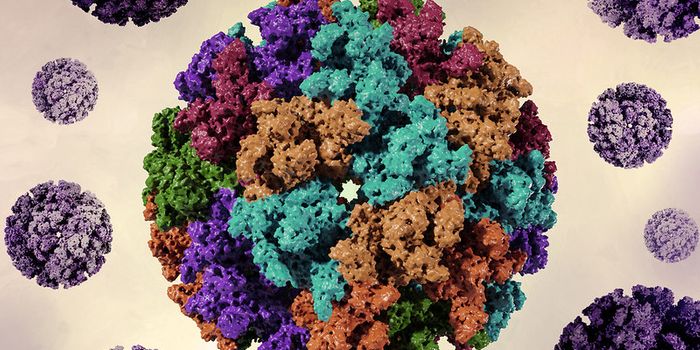Yeast Engineered to Produce Biofuel from Previously Unusable Biomass
Researchers from the Massachusetts Institute of Technology have found a way to expand biofuel production with genetically engineered yeast.
Increasing the production of biofuels such as ethanol could help reduce the global consumption of fossil fuels. Being able to do so, however, has been hindered by biofuels’ reliance on crops such as corn which are grown in insufficient quantities to meet significant portions of energy demand.
What’s more, until now, it has not been possible to use non feedstock plant material such as straw and woody plants for biofuels, also known as cellulosic biomass. This is because breaking them down into fermentable sugars releases byproducts known as aldehydes that are toxic to yeast, the most commonly used microbes to develop biofuels.
According to the Department of Energy, cellulosic biomass, which includes unused types of straw and parts of the corn plant that typically go to waste, could account for over a billion tons of material per year and be sufficient to replace 30-50% of petroleum in the US for transportation. The researchers in the present study thus set out to find a way to be able to make use of this untapped potential.
For the new study, the researchers built on a previous study in which they were able to improve yeast’s tolerance to various alcohols by strengthening its cell membrane. They then developed a technique allowing yeast to convert toxic cellulosic byproduct aldehydes into alcohols.
After testing various naturally occurring enzymes to carry out this reaction, they identified the most effective and used directed evolution to refine it further. Later experiments from five different types of cellulosic biomass including switchgrass, wheat straw and corn stover showed that these combined methods more than tripled ethanol production from cellulosic biomass to match ethanol production levels from corn.
"With our engineered strain, you can essentially get maximum cellulosic fermentation from all these feedstocks that are usually very toxic," says Felix Lam, lead author of the new study.
"The great thing about this is it doesn't matter if maybe one season your corn residues aren't that great. You can switch to energy straws, or if you don't have high availability of straws, you can switch to some sort of pulpy, woody residue."
Sources: EurekAlert, Science Advances









